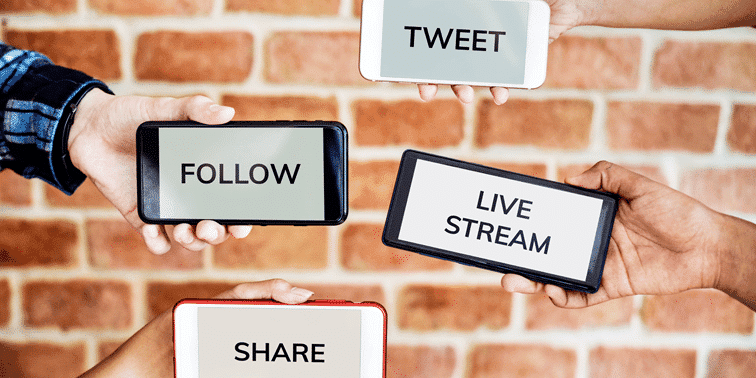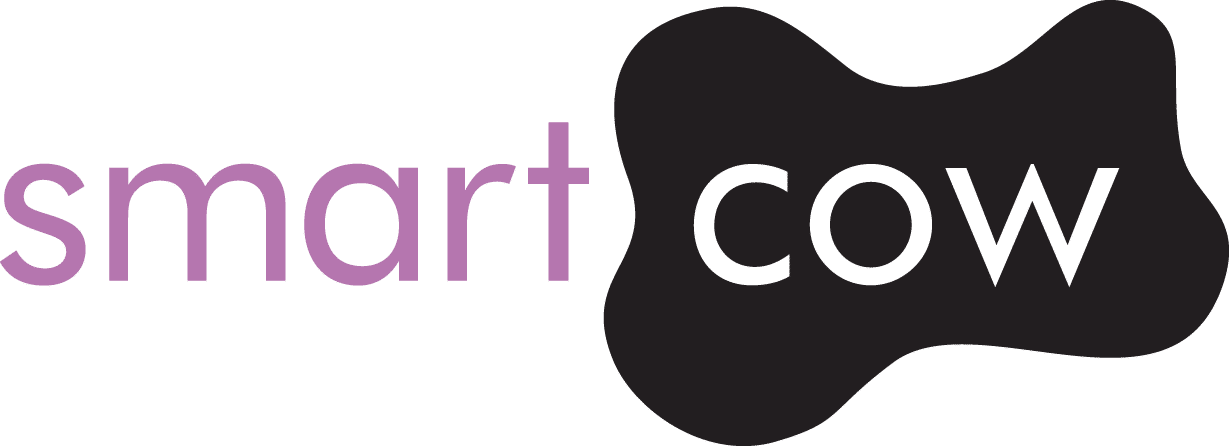As we mentioned before on our previous blog, it’s important that both large and small businesses use the social media channels that’s appropriate for their target audience. With that in mind, here’s another list of social media channels with tips you need to consider when improving your social media presence.
A visually appealing channel, Instagram is an excellent way for businesses to showcase products and services using images and videos. Not only are you able to create posts, you’re also able to extend post reach using relevant hashtags and by tagging other Instagram users to encourage sharing.
Instagram also has a ‘Stories’ feature, which allows you to post videos and images that vanish after 24 hours – although you can keep Stories as highlights with a prominent position just under your profile. This is a great way to give your audience some insight into what may happen on a day-to-day basis. Why not read our blog and find out more about Instagram stories.
As Facebook and Instagram are connected, it’s possible for you to use the data gained from Facebook on Instagram. With this information, you’re able to target the same niche.
Instagram also gives users the opportunity to turn existing posts into promoted ads. This saves you time creating ads and makes them look more organic. Instagram lets you target ads to the relevant groups of people based on location, their likes, and even behaviours.
Still, Instagram’s algorithm does leave much to be desired. As once again, posts aren’t shown chronologically but instead they’re shown based on the algorithm and what users will be interested, making it easy for users to miss posts.
Also, other than in your bio, it’s not possible for you to place links on posts so it does make link building quite troublesome.
TikTok
TikTok is a relatively new video sharing app that allows users to create, share and discover short innovative videos. These videos are usually accompanied by edits and special effects that are incorporated in the app.
Having exploded over the last five years, after the initial 2016 launch, TikTok has amassed 689 million active users excluding China (where it’s called Douyin), TikTok is the most downloaded app on the Apple store as of 2019. Taking that into consideration, it’s clear that joining TikTok should have some merit for businesses, especially those that focus on business to consumer (B2C) transactions.
TikTok can be a great way for businesses to improve their relationship with consumers. Examples of this include Dominos in Ireland, with its “We Got This” campaign which resulted in more than 800,000 views and a 100% video completion rate, with engagement rate reaching 4.84% with an abundance of praise from viewers. These results were achieved using TikTok In-Feed Ads. This method of advertising allows you to integrate video content onto your audiences “For You” page as they scroll.
TikTok is also a great way for businesses to keep in tune with teens and young adults, with 41% of users being between 16-24 years old. Companies can research their audience’s likes and interests and create innovative content that resonates with their customers.
However, limitations of TikTok include the fact that their analytics are only available for 28 days. This means that companies will have to conduct performance tracking regularly, which can be especially time consuming for small businesses.
YouTube
YouTube is currently the second most popular social media platform with 2.3 billion users worldwide and, as of 2019, 79% of the internet users have a YouTube account. As an online video platform, YouTube makes it easier for content creators to share their creations with a much larger audience.
Businesses can use YouTube to share video content with their target audience free of charge.
giving you space to experiment with different types of video to see what connects with your audience. Although, uploading videos may be free but the creation of the video may not be, so this cost also needs to be considered. Video creation can also be time consuming, particularly for those that are new at it.
YouTube also allows you to monetise your videos. To do this, you must apply and be accepted into YouTube’s partnership programme. Through this programme you can make money when ads are displayed on your video, selling merchandise on your channel and when a YouTube Premium subscriber watches your content you get a percentage of their fee.
YouTube can also help SEO, as adding links to your YouTube profile and video descriptions creates backlinks to your website. This will increase website traffic and increase your domain authority which refers to the strength of your website that allows it to rank on SERPs.
However, there are some drawbacks. Whilst YouTube gives you the opportunity to advertise yourself on videos from other creators, the same can also be done to you. You don’t have control over which ads may be added to your video. It’s possible that ads that have the potential to damage your brand may run, and it’s even possible for competitors to add their own ads to your videos.
With YouTube videos and in fact any videos you create, you must always consider copyright. For example, music and images will always carry some form of copyright so content either needs to be unique or from authorised stock images as YouTube can easily remove your video for copyright infringement
As a digital marketing agency in London, we’re able to assist you in creating video content. Visit our digital marketing video tips blog for more on how to make your video great, and book a free consultation if you’d like to know more about our content marketing expertise.
Snapchat
Snapchat is a mobile app that centres around communicating using images and videos that only last for a short amount of time. Snapchat currently has 253 million daily active users worldwide, a 22% increase from the previous year. Although Snapchat is available for all ages, statistics show that 71% of Generation Z use it daily.
If your target audience is between the ages of 13-24 Snapchat’s a useful tool for engaging with them. With features such as filters and stickers, businesses can interact with their audience in a way that entertains.
Snapchat also has a discover feature, that allows users to explore content from users they may not follow. This can be used by businesses to increase their brand awareness and reach, as Snapchat users access the app more than 18 times a day with 20/30 minutes spent on it a day.
A disadvantage of using Snapchat is the time limit on the photos and videos. Snapchat videos have increased from 10 seconds to a maximum of 60 seconds. This may look like an advantage, but a video that’s too long may lose your audience’s attention. Also, the content, such as stories and messages, disappear after 24 hours with no way to get it back.
Unlike other social media channels, Snapchat doesn’t give you the option of resharing content. This is only possible by taking screenshots or saving the content and reposting it yourself, which can be time consuming.
Social Media agency Croydon
Although there’s a lot of information to take in, hopefully this has helped you to consider what social media channels suit your business the best.
Incorporating social media into your marketing strategy can raise brand awareness and online presence. Visit our blog for tips on how you can improve social media presence.
If you feel you need support in getting your business noticed on social media, then get in touch with Smart Cow Marketing to discuss your needs further.






